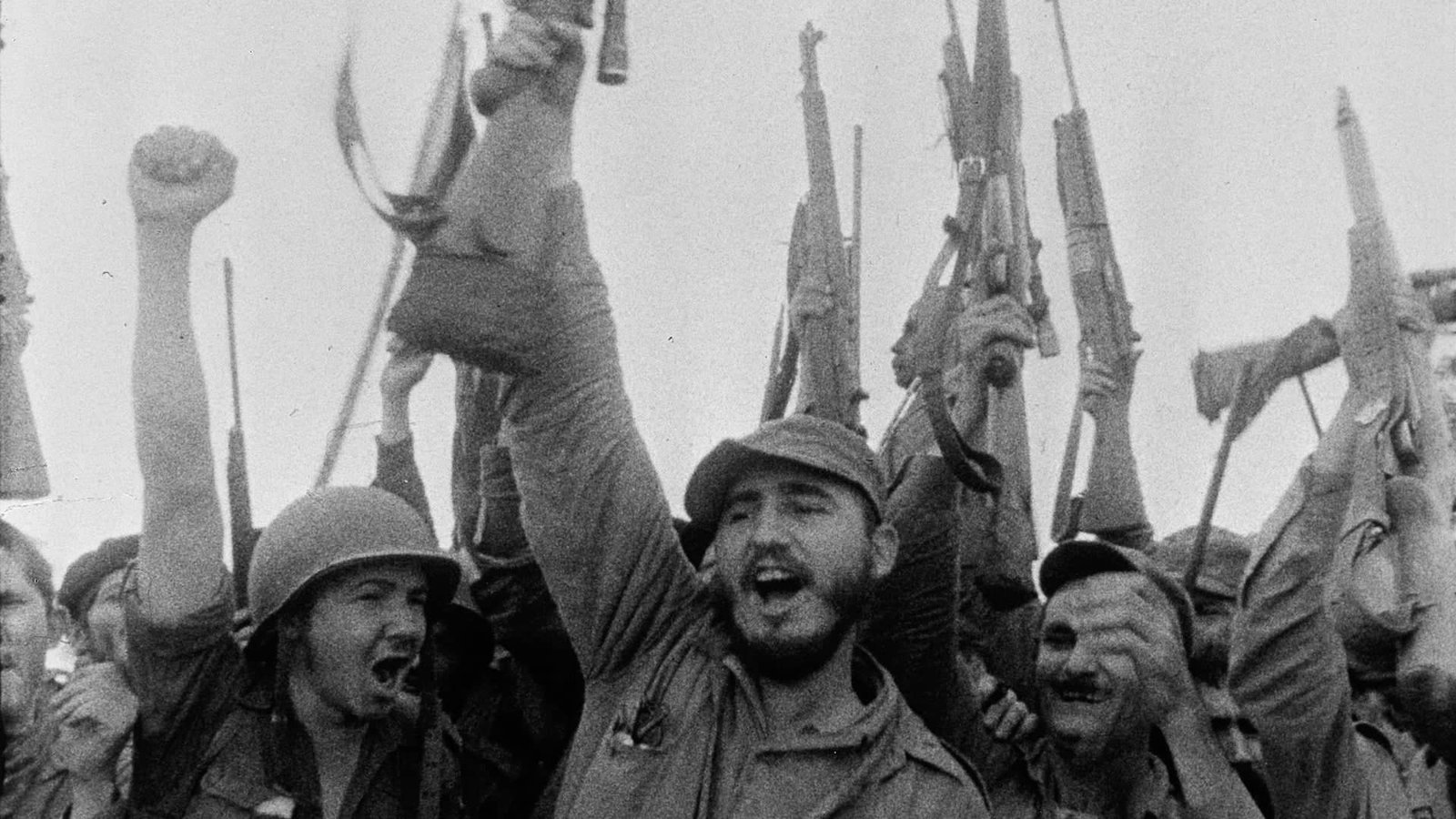The Cuban Revolution, a pivotal second within the records of Latin America, opened up from 1953 to 1959, reshaping the political, social, and economic landscape of Cuba. Led with the aid of Fidel Castro and his revolutionary forces, this transformative motion aimed to overthrow the dictatorial regime of Fulgencio Batista and set up a socialist country. In this article, we delve into the important thing events of the Cuban Revolution, examining the milestones, battles, and big moments that defined this modern conflict. From the attack on the Moncada Barracks to the triumph of the rebels in Havana, we discover the chronology of the Cuban Revolution and its lasting impact at the island nation and beyond.
Key Events of the Cuban Revolution:
| Year | Event | |
| 1953 | Attack on the Moncada Barracks | |
| 1953 | Trial of the Moncada Rebels | |
| 1953 | Fidel Castro’s “History Will Absolve Me” Speech | |
| 1956 | Granma Expedition | |
| 1956-1959 | Sierra Maestra Campaign | |
| 1958 | Battle of Santa Clara | |
| 1959 | Fall of Batista’s Regime | |
| 1959 | Fidel Castro’s Rise to Power | |
| 1959 | Agrarian Reform Law | |
| 1960 | Nationalization of Industries | |
| 1961 | Bay of Pigs Invasion | |
| 1962 | Cuban Missile Crisis | |
| 1965 | National Literacy Campaign | |
| 1968 | Revolutionary Offensive | |
| 1976 | Adoption of new Constitution | |
| 1980 | Mariel Boatlift | |
| 1991 | Collapse of the Soviet Union | |
| 1993 | Introduction of economic reforms | |
| 2006 | Transfer of power from |
Conclusion:
The key occasions of the Cuban Revolution mark a massive bankruptcy within the records of Cuba and the wider world. The attack at the Moncada Barracks in 1953 symbolized the beginning of the revolution and the dedication of the riot forces led through Fidel Castro. The Granma Expedition and subsequent Sierra Maestra Campaign showcased the guerrilla warfare techniques hired with the aid of the revolutionaries and their resilience in the face of adversity.
The Battle of Santa Clara, a decisive victory for the rebels, signaled the imminent fall of Fulgencio Batista’s regime. In 1959, the Cuban Revolution succeeded, main to Fidel Castro’s upward thrust to strength and the implementation of sweeping reforms, together with the Agrarian Reform Law and the nationalization of industries. These measures aimed to cope with social inequalities and task foreign have an impact on in Cuba.
The Cuban Revolution additionally faced full-size challenges, which include the Bay of Pigs Invasion in 1961, orchestrated by means of the USA, and the Cuban Missile Crisis in 1962, which delivered the arena to the threshold of nuclear war. These occasions verified the complicated dynamics of global members of the family and the geopolitical significance of the Cuban Revolution.
The effect of the Cuban Revolution extended some distance beyond the shores of Cuba. It stimulated modern moves throughout Latin America and have become a image of anti-imperialism and socialist aspirations. The revolution transformed Cuba’s socio-political shape, selling training, healthcare, and social equality. It also brought about strained family members with the US, shaping the direction of Cuban records for decades to return.
By analyzing the important thing occasions of the Cuban Revolution, we benefit insights into the resilience of a humans striving for self-determination, the complexities of revolution, and the enduring quest for social justice. The legacy of the Cuban Revolution keeps to spark debates and encourage discussions at the merits and challenges of modern moves. As we reflect in this transformative duration in history, we recognize the profound impact of the Cuban Revolution on Cuba and its region in the tapestry of world revolutions.



